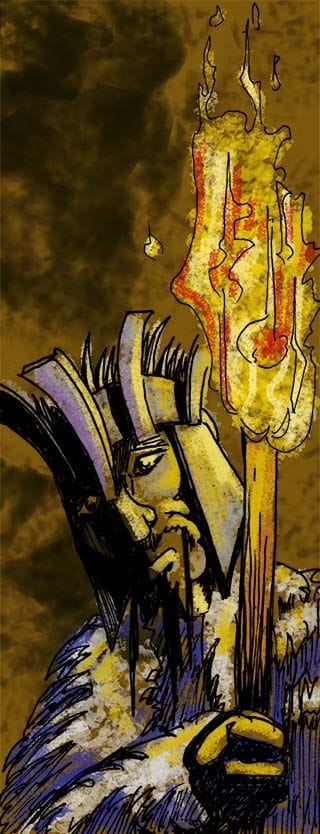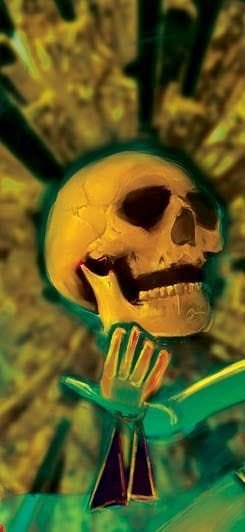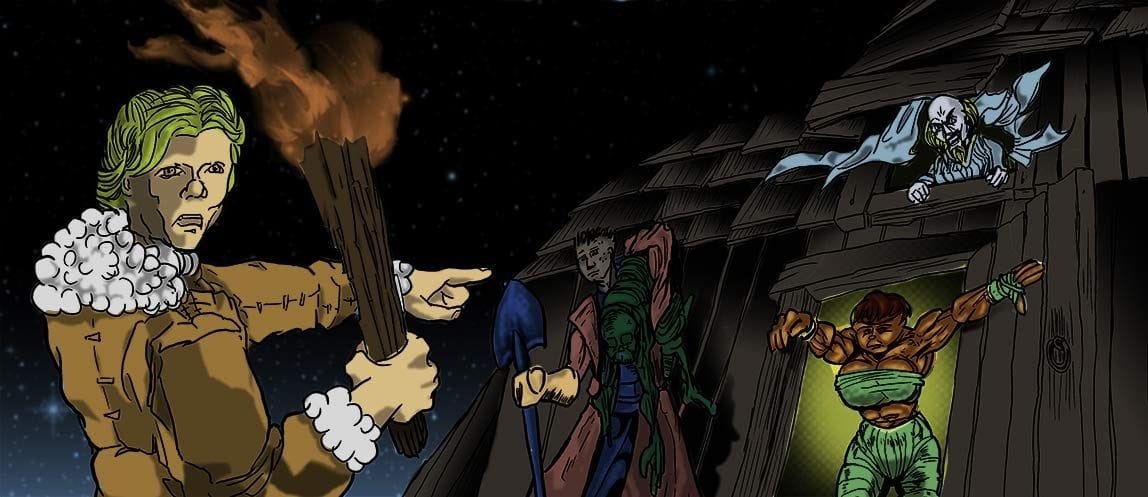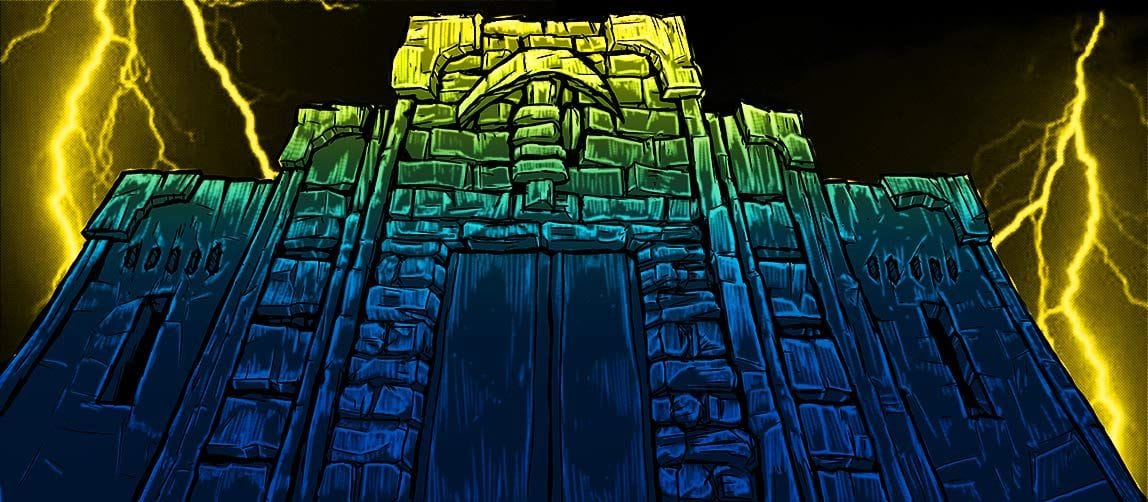No Classes
Lair has no classes or similar constraints. Every character (or Hero as they're called) can fight, sneak, use sorcery, or anything else they want.
Your character has statistics, a listing of their physical and mental abilities.
The stats are Body, MInd, Quickness, Vitality, Camaraderie, and Other World.
In the world of Kartharka an average person has stats that are all zero.
If they are a little better at something they get a bonus, called a strength. If they are a little worse, they get a negative, a weakness.
The player gets 5 points of bonuses to distribute however they like amongst their stats. But because all heros always have a weakness they must also distribute 5 points of weakness amongst their stats.
And that pretty much sums up character creation. Pick some items and do a little math (with all of the calculations right on the sheet.
Not to worry though, there are plenty of exciting things to give your hero as grow in strength, which happens fairly quickly in Lair.








